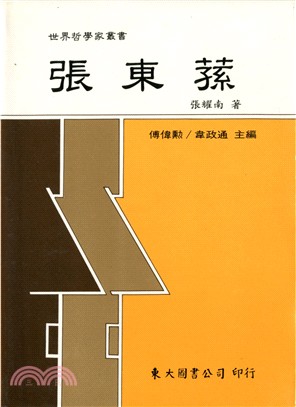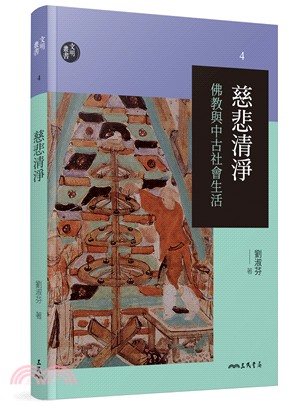定價
:NT$ 1000 元無庫存,下單後進貨(到貨天數約30-45天)
可得紅利積點:30 點
相關商品
商品簡介
商品簡介
According to scholars, the Shoshone, Bannock, and Nez Perces Indians of Idaho obtained horses roughly three centuries ago. That makes them the "first stockmen of Idaho," although we know little of that history. Still, when the Lewis & Clark expedition visited the future state in 1805 and 1806, they met bands of skill horseback hunters and warriors, who owned vast herds of fine horses. Before the Spuds details the history of Idaho stock raising during the century that followed that meeting.The Indians remained Idaho's only stockmen until mid-century. For decades, they supplied horses to British-Canadian fur traders as well as Mountain Men from the United States. Later, they traded with emigrants passing through on the Oregon and California Trails.But by about 1850, Idaho had a nascent cattle industry: Traders in the south, plus missionaries and Indians in the north had small herds for local consumption and limited trading. Then, in 1860, prospectors discovered gold in northern Idaho. That brought tens of thousands of hopeful miners into the region, followed quickly by entrepreneurs with bands of cattle and sheep to supply them with meat. The influx led to the creation of Idaho Territory, in March 1863. By then, ranchers had moved stock onto grazing lands near the mining districts.But the rising demand quickly outstripped regional supplies, so stockmen began to purchase large herds of Texas cattle and drive them into the Territory. Between 1866 and 1874 drovers led thousands of Texas cattle into Idaho. Then, in perhaps one growing season, Idaho ranchers found themselves with too much stock. So, after about 1875, they began to send large drives of surplus cattle to markets in Omaha and further east. Sadly, all this growth led to conflict with the first stockmen of Idaho. By around 1880, most of Idaho's Indians had been forced onto reservations.Over the years, Idaho and neighboring regions to the south saw the emergence of the "buckaroo," a herder whose equipment, dress, and techniques were more akin to the Spanish vaqueros than to the cowboys of Texas and the Southwest. They had the range mostly to themselves until an east-west railroad was completed in 1884-85. That sparked a surge in sheep ranching, which led to clashes between cattlemen and sheepmen. Although Idaho never had an all-out range war, isolated murders and stock killings flare up all over the Territory, and then the state. The last known Idaho range killing occurred in 1904, and friction persisted for another twenty years after that.Shortly before World War I, stock raising and dairy overtook mining as the leading income sector of Idaho's economy. Before the Spud tells the stories of the Indians, buckaroos, and sheepmen who helped make that happen.One example: Arthur Pence, born near Des Moines, Iowa, came to Idaho Territory in 1864, before his eighteenth birthday. He worked as a freighter for about three years, then took up cattle ranching along the Boise River. He next settled in the Bruneau Valley, married, and ran cattle under the “spade” brand. For a time after 1879, his cattle became a sideline to vegetable gardening. In 1885, he decided sheep offered better prospects, and switched. Pence eventually became a major sheep rancher, which allowed him to help found the Bruneau State Bank. He served on the local school board, and also in the state legislature for three terms, including two terms in the Senate. He played a prominent role in politics and stock-raising until he was well into his seventies. He passed away in 1935.
主題書展
更多
主題書展
更多書展本週66折
您曾經瀏覽過的商品
購物須知
外文書商品之書封,為出版社提供之樣本。實際出貨商品,以出版社所提供之現有版本為主。部份書籍,因出版社供應狀況特殊,匯率將依實際狀況做調整。
無庫存之商品,在您完成訂單程序之後,將以空運的方式為你下單調貨。為了縮短等待的時間,建議您將外文書與其他商品分開下單,以獲得最快的取貨速度,平均調貨時間為1~2個月。
為了保護您的權益,「三民網路書店」提供會員七日商品鑑賞期(收到商品為起始日)。
若要辦理退貨,請在商品鑑賞期內寄回,且商品必須是全新狀態與完整包裝(商品、附件、發票、隨貨贈品等)否則恕不接受退貨。
























